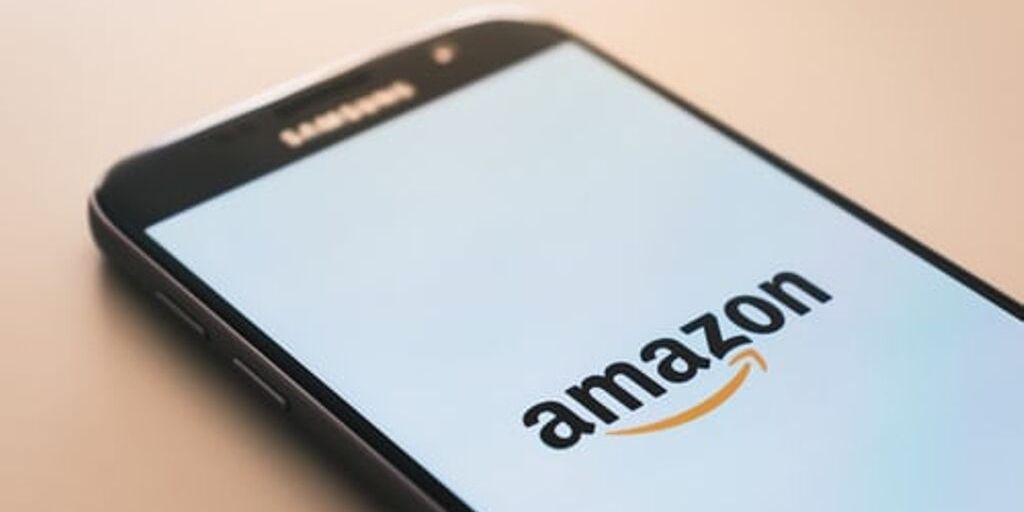Amazon has changed the way we do business. Supply chain companies need to get on board with Amazon’s e-commerce strategy or risk losing business.
It is no secret that Amazon has dominated the online retail industry. Amazon Prime has shifted consumer expectations so that waiting 5-7 business days for your online order is no longer acceptable. With people now ordering anything from couches to groceries online, companies need to get on board with this shift to e-commerce or risk missing out on many sales.
Consumers now more than ever want access to more inventory no matter if they are shopping online or in stores. Many companies report the struggle of trying to keep up with this retail giant, and current-day supply chains have certainly felt the impact.
Historically, supply chains have been set up to support a network of stores using the multichannel business model. This includes retailers managing their different channels almost as separate businesses. These channels are what businesses use to get their goods and services to their consumers. For example, many retailers use brick-and-mortar stores as well as e-commerce when it comes to selling.
So, what’s the problem with this? Well, the customer’s experience can vary depending on the shopping channel they choose. Retailers often keep their online and brick-and-mortar inventory separate, which can lead to a frustrating shopping experience for the customer.
I am sure at some point in your life you have had the experience of walking into a store looking to return an online order only to find out it must be returned to the company through the mail. Customers do not view a brand in silos, and the same selection of inventory is expected whether they are shopping online or in a physical store. Companies also run the risk of losing a sale if the exact item the consumer wants is unavailable or sold out. This is one area that allows Amazon to shine because they maintain one pool of inventory that is not separated by different channels of business.
A 2016 UPS survey found that, for the first time, shoppers revealed they bought more of their purchases online than in stores. It’s hard to tell what is the main driver behind this shift, but you can’t help but think of Amazon. It’s hard to comprehend how other companies not only compete but just even keep up with the trillion-dollar company with a revenue of $10.07 billion in 2018.
This is where the omnichannel business model comes into play. Omnichannel combines physical and online commerce to create a more seamless shopping experience for the consumer. While this business model is not a result of Amazon, it certainly puts companies in a better position to compete. The goal here is to provide the same customer experience throughout each channel while ensuring the product reaches the customer as fast as possible.
Characteristics of an omnichannel business model include:
- Buy online pick up in stores
- Stores shipping to other stores
- Dropshipping
- Order fulfillment from store
Nordstrom finding ways to differentiate from the competition
Online shopping provides many benefits to consumers, but it does not come without its own challenges. It is fairly common to buy a shirt online only to find out it is the wrong size. It can be a hassle to mail the item back, and consumers often opt out of this and chalk the purchase up to a loss. Nordstrom understands this pain point and took it upon themselves to offer a solution by creating service hubs called Nordstrom Local. The sole purpose of Nordstrom Local is to make the online shopping experience effortless. While these hubs do not contain designated inventory, they provide a handful of services to the customers.
They offer:
- Pickups
- Returns
- Stylist
- Dressing rooms
- Tailoring services
- Same-day delivery (if ordered before 2 p.m.)
- Espresso drinks, juices, wine & beer
As a consumer, what more could you ask for? The idea is that you order a variety of clothes online and have them delivered to Nordstrom Local. Here you can try on your purchases in their dressing rooms. If it doesn’t fit, no problem — they’ll mail it back for you. Need it hemmed? There’s a tailor on-site.
Nordstrom has held its own in the retail space. With 2018 revenue reaching $15.5 billion, it is hard to argue with their success. They must continue to innovate and find new ways to connect consumers to their product. Trying out this concept in Los Angeles has proven to be successful, and they are looking at opening up hubs in New York next.
Kohl’s joins forces with Amazon
Kohl’s, like many retail stores, welcomes any opportunity to increase foot traffic. Over 1,000 of their stores are now accepting returns from Amazon. Again, we see a pain point of online shopping removed for the consumer. You can bring your unwanted Amazon item to Kohl’s, and they will pack, label, and ship the item at no cost. The hope is that Amazon customers will flock to Kohl’s and hopefully buy some of their inventory on the way.
Their revenue has continued to rise over the past four years and reached 20 billion in 2018. This is a bold idea that can set Kohl’s apart from the competition by delivering a service that is unique to them. Amazon needs a way to keep its customers happy and Kohl’s needs to increase foot traffic, so it appears to be a win-win for all parties involved — including the consumer.
While Kohl’s new idea offers fewer services than Nordstrom’s, they are opening themselves up to a wider consumer market, and with this will likely come more sales. They have addressed the expected increase in expenses that will come with having to hire more employees and spending more on logistics, but the expected payoff is potentially massive.
Comparing strategies
It’s hard to tell which strategy will prove to be more profitable. The only thing that is for certain is that the shift toward e-commerce is not slowing down anytime soon, so companies need to look at how they connect consumers to their product. If the goal is to get your product to the consumer, then your supply chain needs to be tailored to this objective.
Amazon may have the upper hand now, but you never know what new idea could pop up in a few years. In the meantime, companies are faced with the harsh reality of ever-growing competition. Consumers are now hopping on their computers or mobile devices to choose from a plethora of inventory.
Amazon is not completely to blame when it comes to the evolution of consumer expectations, but they have certainly impacted them. Companies wanting to compete are left to make tough but critical decisions on what their next move will be.
This article was written by Emily Standish, an MBA student at the Peter T. Paul College of Business and Economics at the University of New Hampshire, specializing in Finance and Information Systems & Business Analytics. She graduated from Merrimack College in 2017 with a B.S. in Business Administration and Management with a concentration in Finance and currently works as a Corporate Financial Analyst.
Related posts:


